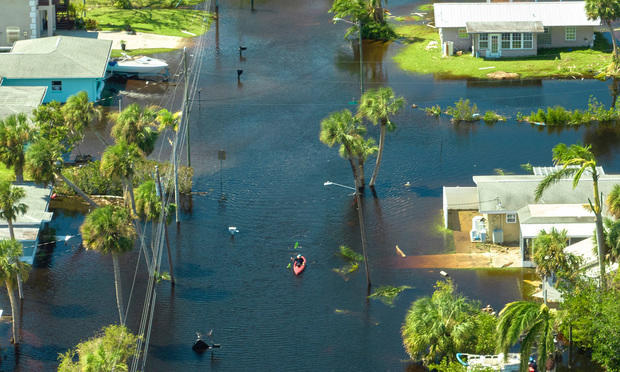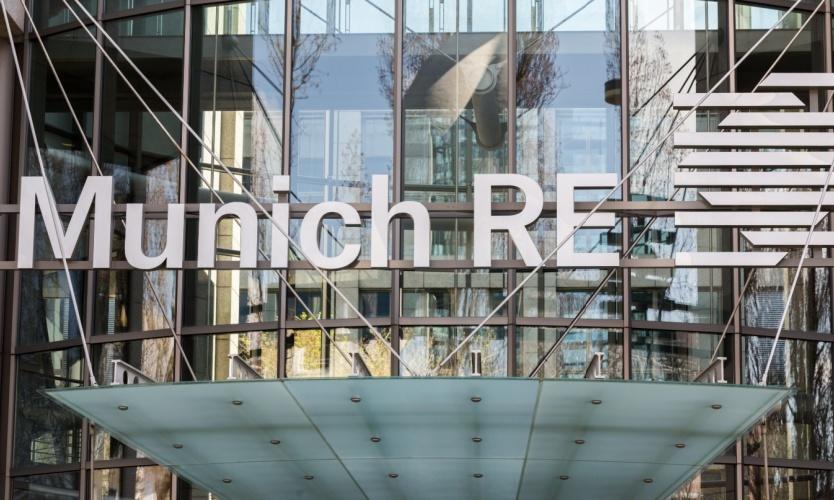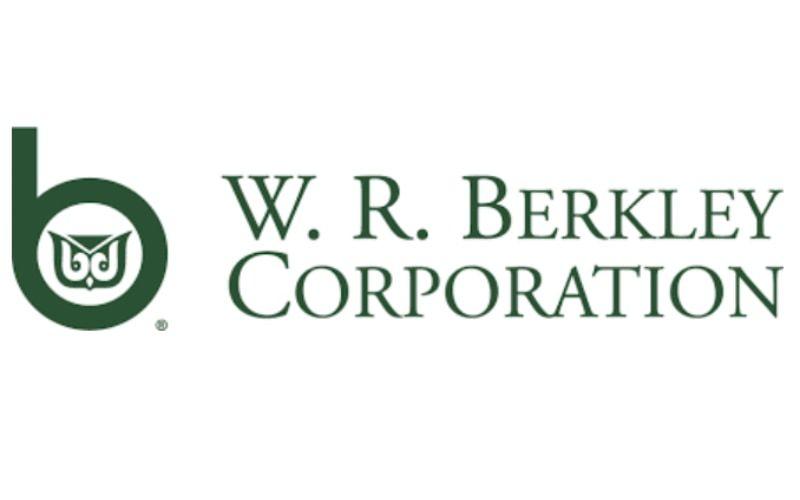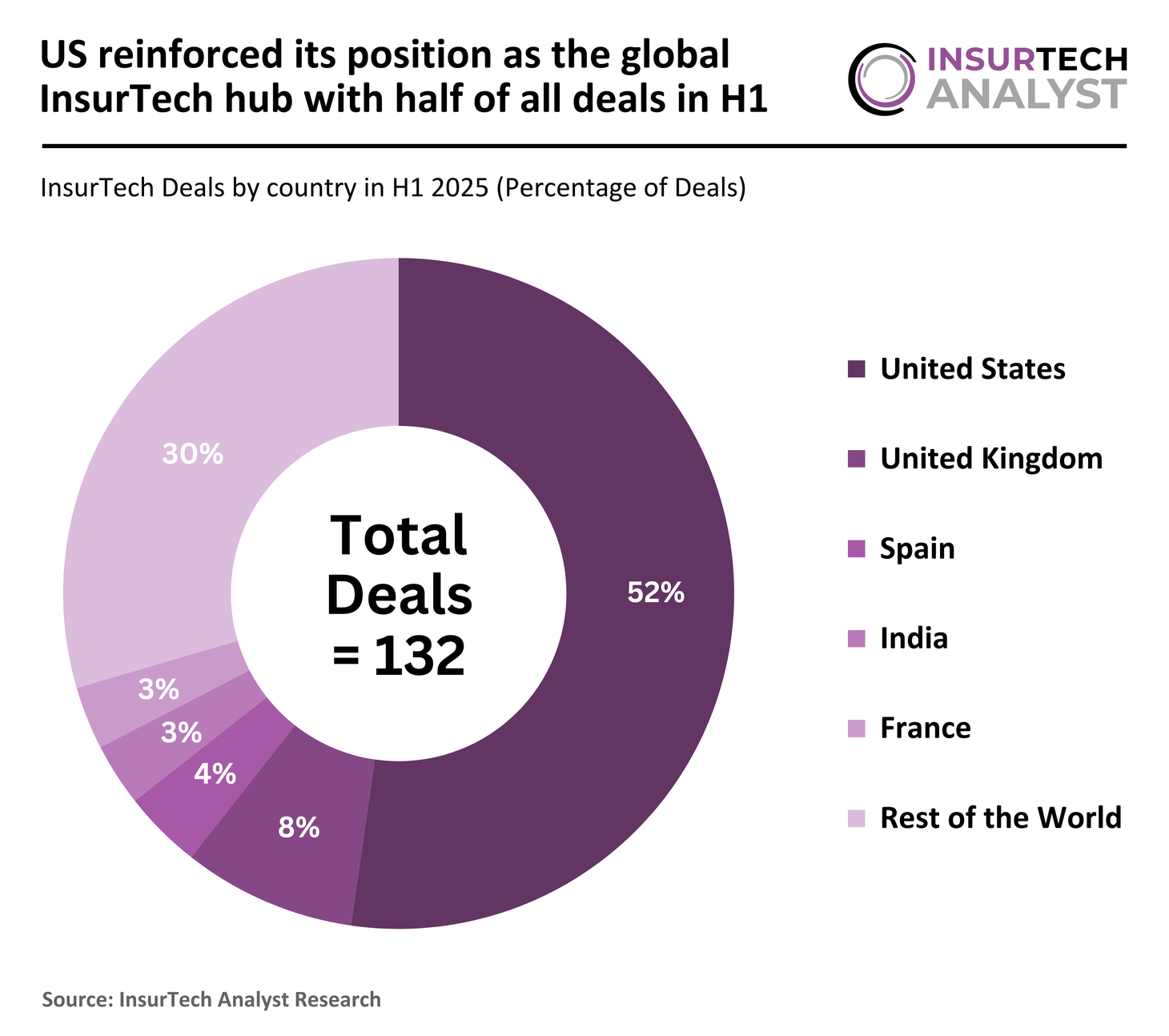AI in Insurance

Insurers making the turn to agentic AI - report
However, trust remains a massive sticking point
Agentic artificial intelligence could create up to $450 billion in economic value by 2028, according to a new report from the Capgemini Research Institute, and insurers have already set their sights on the technology.
The report suggests that 20% of insurance organizations are already piloting initial use cases of AI agents, with 12% having implemented it partially or at scale. However, only 4% of insurance organizations fully trust AI agents.
How agentic AI is growing
While the technology is gaining traction across sectors, including insurance, widespread adoption remains limited as concerns about trust, oversight and readiness continue to slow progress.
The report, Rise of Agentic AI: How trust is the key to human-AI collaboration, highlighted that only 2% of organizations have fully scaled AI agent deployments. Yet nearly all business leaders surveyed (93%) believe that doing so within the next year would provide a competitive advantage.
For insurers, the technology presents opportunities to improve underwriting, claims processing and customer service, but it also introduces new risk considerations, both operational and insurable.
Trust in fully autonomous AI agents has declined sharply over the past year, dropping from 43% to 27%. In highly regulated industries like insurance, concerns about accountability, decision explainability, and ethical use are contributing to hesitation. Just 40% of organizations surveyed said they trust AI agents to manage tasks independently.
Guidewire and OpenDialog push safer conversational AI
Conversational AI provider OpenDialog has joined Guidewire’s Insurtech Vanguards, a curated programme supporting startups delivering innovation to the property and casualty (P&C) insurance space.
The partnership aims to accelerate the adoption of scalable and safe AI agents that can enhance underwriting, policy servicing, and customer engagement, according to FF News.
OpenDialog’s platform is designed for regulated sectors like insurance, enabling rapid deployment of intelligent, compliance-ready AI agents. The firm’s SAFER AI Benchmark™ ensures these agents operate safely within regulatory and internal standards.
Guidewire, a cloud platform provider for the P&C insurance industry, uses its Insurtech Vanguards initiative to connect innovative startups with its customer base and offer strategic guidance.
“We are incredibly excited to join the Guidewire Insurtech Vanguards program. It marks an important milestone in our mission to provide insurers with easy-to-adapt AI agents that can improve business performance in as little as 30 days,” OpenDialog chief commercial officer Dean Chapman said.
“By collaborating with Guidewire, we can jointly empower insurers to overcome challenges in low online sale conversions, missed upsell opportunities, and poor customer experience and operational inefficiency, bringing unparalleled value through our easy-to-adapt pre-built AI agents.”
Another AI Assessment and Estimating Provider Wants In on U.S. Collision Market - Autobody News
Ravin AI's technology, already deployed in Australia and New Zealand, is being tested by a U.S. MSO.
Count Ravin AI among firms trying to sell AI-based intro-inspection and pre-estimating services to body shops and collision centers. It joins companies such as Claim Genius and Proov Station, as well as UVeye, Tractable, Wenn and BayWatch Technologies to streamline and fine-tune check-in, and in some cases the “last look” with artificial intelligence.
The SaaS offering is early in its U.S. entry, having mapped out inroads with repair and insurance providers in Australia and New Zealand, at car auctions, and in a trial run with an unnamed MSO in the U.S.
CEO and cofounder Eliron Ekstein said a distinguishing element for Ravin is it doesn’t require the hardware installation needed to work with some companies while producing better images than others relying on handheld devices, such as a smartphone.
“We’re hardware agnostic,” Ekstein said, which could make for less-expensive installation and maintenance. Ravin relies on common CCTV cameras comparable to home or office security equipment as complement to mobile photos.
It’s “more realistic estimates or total loss prediction,” Ekstein said. The software lets shops alter certain aspects of an estimate — “premium or budget repair cost for labor hours” — and is at least partly predictive: particular kinds of damage might generate a “check the suspension” mandate from what the system sees. “You’re using a device as a scanner, not just uploading photos.”
Commentary/Opinion

How CEO Peter Zaffino Is Transforming AIG | TIME
AIG’s chairman and CEO Peter Zaffino is overseeing a new era of stability for the insurance business after a tumultuous few years. In the aftermath of receiving one of the biggest U.S. government bailouts in history during the financial crisis, AIG saw a series of management changes and has sold off multiple assets to repay the Treasury. Zaffino, who joined AIG from Marsh McLennan in 2017 and took the helm in 2021, says AIG has shed more than $1 trillion of exposure, and he continues to streamline the business. That has included spinning off Corebridge Financial and selling AIG’s global personal travel insurance and assistance business in a $600 million deal.
As part of his growth mission, Zaffino is looking to artificial intelligence, partnering with Anthropic and Palantir to integrate the powerful technology into AIG’s processes.
TIME spoke with Zaffino in June about how AIG is using AI, navigating risk, and his approach to leadership.
This interview has been condensed and edited for clarity.
You joined AIG in 2017 and became CEO in 2021, and you've led something of a turnaround. Can you tell me about that?
I joined AIG primarily to see if I could bring a team together and work through a transformation that was going to reposition the business and the company as an industry leader. Pre-financial crisis, AIG was a big life insurance company, it had aircraft leasing, so the company today is much smaller. And comparisons are very hard. What I can say is that the AIG brand is very strong.MORE
News

Slide CEO, wife living lavish as premiums skyrocket for Florida families
[Ed. note: Pro-insurance industry reforms reigning in fraud and abuse have helped place the Florida market on the road to recovery. Soaring premiums in a rate-friendly environment have arguably done more - but at a huge cost. Total cost of home ownership has begun to hammer down real estate values. It's no wonder there is ire about such lavish sums being channeled to husband and wife. Alarming when compared to top performing P&C CEO's earning half or less annual compensation. Slide's board of directors and CEO would presumably be keenly aware of the market and optics]
The company made its Wall Street debut in June with the largest insurance IPO of 2025.
An insurance CEO and his wife pocketed more than $50 million in 2024 as Florida homeowners were hit with extreme weather and ever-rising monthly premiums, according to *ABC Gulf Coast News.
Slide CEO Bruce Lucas and his wife, the company’s chief operating officer, paid themselves $21 million and $16.5 million respectively last year while also taking in bonuses and stock awards. Company policyholders, which comprise 340,000 after just three years of business, want answers— calling the CEO’s spending ‘out of control’ as ‘the rich get richer and the poor get poorer’.
Trump’s Auto Safety Pick Promises Rapid Self-Driving Deployment
President Donald Trump’s choice to lead the nation’s top car safety regulator pledged to prioritize safety while at the same time making it easier for automakers to deploy-self driving cars.
Jonathan Morrison, who was nominated by Trump on February 11 to be administrator of the National Highway Traffic Safety Administration, told lawmakers in a hearing before the Senate Commerce, Science and Transportation committee Wednesday that the agency he hopes to soon lead should craft self-driving rules that go beyond the current voluntary guidelines that were enacted under previous administrations.
Current rules limit automakers to 2,500 test vehicles that don’t meet federal motor vehicle safety standards, like having steering wheels and brake pedals. Prior Congressional proposals would have allowed carmakers to request as many 100,000 of these exemptions.
Morrison said during the hearing that NHTSA “cannot sit back and wait for problems to arrive with such developing technologies.” Instead, he said, the agency “must demonstrate strong leadership” by taking proactive steps to put federal rules in place that would allow for the rapid deployment of autonomous vehicles.
Research
AICPA Survey: One-Third of Americans Have Taken No Financial Steps to Prepare for a Natural Disaster
A recent survey conducted by The Harris Poll on behalf of the American Institute of CPAs (AICPA) found that nearly one-third (32%) of Americans have taken no financial steps to prepare for a natural disaster. Meanwhile, two-thirds (66%) of Americans say that being impacted by a natural disaster would have a major (29%) or moderate (37%) impact on their financial situation.
"Many Americans don't think about their finances when it comes to preparation for a natural disaster. However, financial needs become front and center after the destruction has already taken place," says Eva Simpson, CPA, AICPA vice president of member value, tax & advisory services. "Disaster preparedness when it comes to finances can go a long way to mitigate the financial toll and help people and businesses recover."
The most popular actions Americans have taken to prepare financially for a natural disaster are evaluating insurance needs to assure adequate coverage (31%) and taking an inventory of assets and possessions for insurance purposes (30%). At the bottom of the list was creating or updating an estate plan and/or will (19%).
Financial Results

Low claims help Munich Re profit - Business Insurance
The German reinsurer Munich Re said on Monday that its second-quarter profit was significantly above analyst expectations, helped by low claims for losses.
The reinsurer said net profit was around 2.1 billion euros ($2.45 billion) in the second quarter, above a consensus forecast of 1.62 billion euros and 30% above the 1.62 billion it reported a year earlier.
Munich Re, which released the preliminary earnings ahead of schedule, said it would stick to its full-year profit target of 6 billion euros.
It will release more details on Aug. 8.

W. R. Berkley's Q2'25 income expands as NPW reach record $3.4bn - Reinsurance News
W. R. Berkley has disclosed net income for Q2 of 2025 at $401.3 million, up from $371.9 million in Q2 of 2024, while net premiums written grew to a record $3.4 billion.
The firm also posted a record net investment income of $379.3 million in Q2 of 2025, up from $372.1 million in the same period of 2024. Meanwhile, W. R. Berkley’s return on equity in Q2 of 2025 was 19.1% and its operating return on equity was 20%.
The current accident year combined ratio before catastrophe losses of 3.2 loss ratio points was 88.4%, with a reported combined ratio of 91.6% including current accident year catastrophe losses of $99.2 million. W. R. Berkley reported total gross premiums written of $3.98 billion in Q2 2025, up from $3.72 billion in Q2 2024.
Claims

Two Injury Types Drive 40% of America's $58.78B Workplace Safety Bill
Liberty Mutual's 25-year analysis reveals overexertion and same-level falls dominate workplace injury costs, while repetitive motion injuries plummet.
Workplace injuries cost American businesses $58.78 billion annually, with just two causes—overexertion involving outside sources and falls on the same level—accounting for nearly 40% of total losses, according to Liberty Mutual’s 2025 Workplace Safety Index.
The insurance company’s quarter-century analysis of top causes of injury shows a complex workplace safety landscape where injury rates have fallen, but total costs continue to rise. Overexertion involving outside sources leads all categories at $13.7 billion in annual costs, followed by falls on the same level at $10.5 billion. These two injury types have consistently dominated the rankings for 25 years, according to Liberty Mutual.
However, significant shifts are occurring within the occupational injury landscape. Falls on the same level have experienced an 84% cost increase, with total financial impact rising by $4.6 billion while accounting for 4.8% more of the total cost proportion.
Today

US reinforced its position as the global InsurTech hub with half of all deals in H1
US reinforced its position as the global InsurTech hub with half of all deals in H1
Key Global InsurTech investment stats in H1 2025:
- Global InsurTech deal activity dropped by 19% YoY in H1
- US companies secured half of all deals to reinforce their position as the global InsurTech hub
- High Definition Vehicle Insurance (HDVI), a technology-first commercial auto InsurTech, secured one the largest global InsurTech deals of H1 with a $40m growth capital raise
Global InsurTech deal activity dropped by 19% YoY
In H1 2025, the global InsurTech market recorded 132 deals, representing a 2% increase from the 130 deals in H2 2024 but a 19% drop compared to the 162 deals completed in H1 2024.
Funding totalled $1.5bn in H1 2025, down 47% from the $2.8bn raised in H2 2024, yet showing a slight 9% increase from the $1.4bn secured in H1 2024.
Despite the modest rebound in funding compared to the same period last year, the ongoing decline in deal volume reflects a cautious investor stance, with capital more selectively deployed across fewer opportunities.
US companies secured half of all deals to reinforce their position as the global InsurTech hub
The US remained the leading InsurTech hub globally, completing 69 deals in H1 2025 (52% share), slightly down from 71 deals (44% share) in H1 2024.
The UK followed with 11 deals (8% share), a decline from 14 deals (9% share) in the same period last year.
Spain emerged as the third most active market with five deals (4% share), replacing Canada, which had recorded nine deals (6% share) in H1 2024.
While overall volumes have dropped, the US expanded its share of global deal activity, suggesting it continues to dominate the global InsurTech landscape even as other markets contract or shift in rank.
Weekly InsurTech News & Research, Fintech Global
Recommended Events

ITC Vegas 2025 | October 14-16 | A Wonderland of Possibilities
Insurance innovation for our changing world
ITC Vegas (InsureTech Connect)uniquely combines unbeatable networking with what’s new and next, ensuring your time will be spent meeting more people, discovering new solutions, generating deal flow, and creating valuable partnerships. It’s a conference experience for the entire insurance ecosystem and unlike anything you’ve attended before!
Join the transformative insurance event that doesn’t just bring the industry together – it moves the entire industry forward.
'Connected’ Newsletter & Podcast and InsurTech Consulting are proud partners of ITC Vegas 2025 again this year
Use this promo code 200ITC826 to receive $200 off the registration fee. Discount valid for new registrations only
Awards

30 Insurtech companies honored in 2025 'Top Fintechs' list
The top fintech list includes companies from across the globe, but the United States has the highest number of companies on the list at 126 out of 300 total.
Out of 300 companies honored in CNBC's 2025 "World's Top Fintech List," 30 of those are in the insurtech sector.*
The 2025 list marks the third class of CNBC’s top fintech companies honorees, but last year insurtech companies were recognized in a separate ranking of “The World’s Top 150 Insurtech Companies” rather than being included in the greater fintech list. The 2025 top fintech list includes companies across sectors like insurance, alternative financing, digital assets and wealth technology.
This year's top fintech honorees include companies from across the globe, but the United States has the highest number of companies on the list at 126, followed by the United Kingdom with 38 top fintechs and Singapore with 16.
